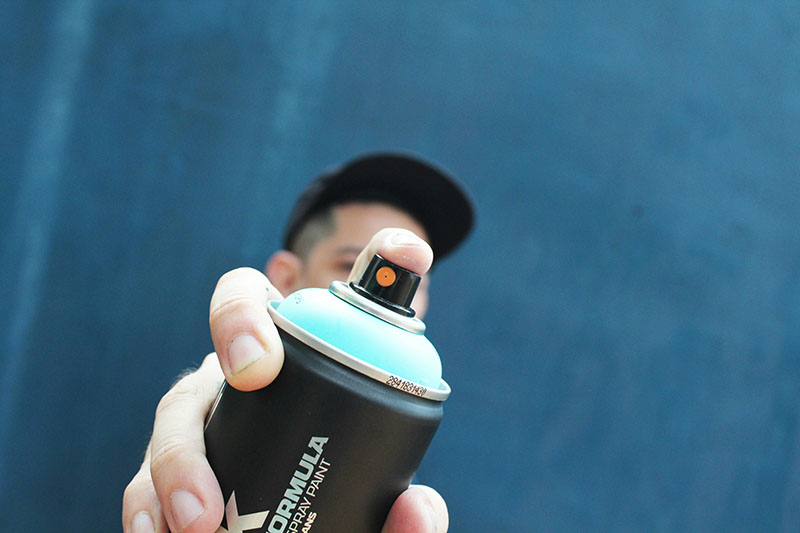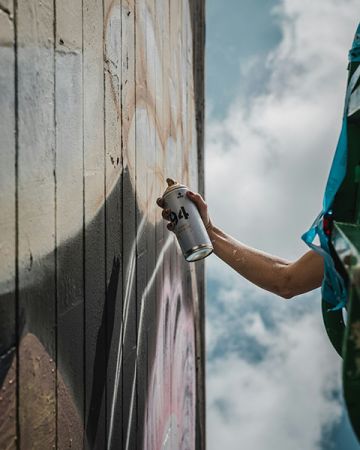History of the Aerosol
Aerosols were invented in 1926 by a Norwegian, Erik Rotheim. He wanted a better way to apply wax to his skis and found that a pressurised aerosol was the most effective delivery method.
It wasn't until after World War II that the aerosol became popular as the 'bug bombs' that had saved many US soldiers from malaria infection during the Pacific War. They found their way into 'war surplus' stores and quickly became popular with householders.
Today's aerosols are a sleek and modern form of packaging which consumers see as convenient and always ready to use, safe and suitable for a wide range of products.
There are many technical advantages to aerosols, such as a long shelf life and an inability to be contaminated by bacteria or dust. The contents do not evaporate and the product's characteristics will not change over the lifetime of the product.
Aerosols can dispense a large variety of products from powders to gels and foams, pastes and liquids.


Aerosols and CFCs
Modern day aerosols no longer contain harmful CFCs of the past. Aerosols now use natural hydrocarbons and New Zealand complies with the Montreal Protocol to protect the ozone layer.
Aerosols used to contain man-made chlorofluorocarbons ('CFCs'). In the early 1970s, it was discovered that a thinning of the ozone layer was connected to the use of CFCs. Governments responded and CFCs were phased out across the world on agreement with the Montreal Protocol.
History Background
In the early 1970s, US scientists first started to express concern that the man-made chlorofluorocarbons (CFCs) used in the air conditioning, aerosol, foam blowing and refrigeration industries were responsible for an apparent thinning of the ozone layer.
The Montreal Protocol
The Montreal Protocol is an international treaty designed to protect the ozone layer by phasing out the production of numerous substances that are responsible for ozone depletion. It was agreed on 16 September 1987, and entered into force on 1 January 1989.
Since then, it has undergone nine revisions, from 1990 (London) to 2016 (Kigali). As a result of the international agreement, the ozone hole in Antarctica is slowly recovering. Climate projections indicate that the ozone layer will return to 1980 levels between 2040 (across much of the world) and 2066 (over Antarctica).
The aerosol industry responded by phasing out its use of these CFCs and shifting to non-ozone depleting natural hydrocarbons.
As developments in technology allowed, more and more aerosols shifted to hydrocarbon propellants. This phase-out was subsequently given legislative force in Commonwealth and State legislation and there are severe penalties for those who sell, manufacture or import aerosols containing CFCs unless they have a special exemption.
New Zealand response to the Montreal Protocol
New Zealand’s obligations under the protocol are implemented through the Ozone Layer Protection Act 1996 and the Ozone Layer Protection Regulations 1996.
New Zealand has phased out the import of all required ozone-depleting substances in accordance with the Montreal Protocol.
- The import of halons was phased out by 1994 and
- chlorofluorocarbons (CFCs), other fully halogenated CFCs, carbon tetrachloride, methyl chloroform and hydrobromofluorocarbons were phased out by 1996.
- The import of methyl bromide for non-quarantine and pre-shipment purposes ended in 2007.
- Imports of HCFCs ended in 2015
Read more from the Environment Protection Authority.

